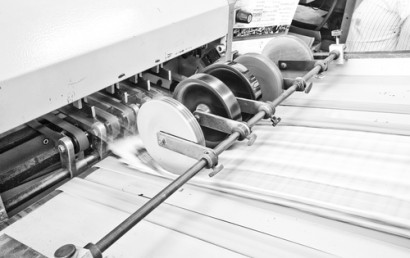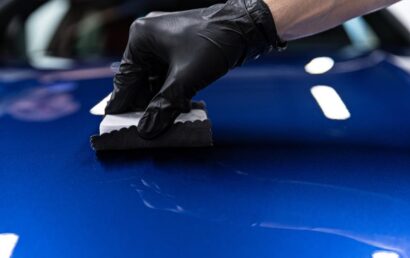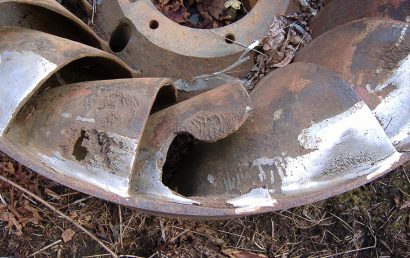Tackling Solid Particle Erosion With Thermal Spray Coatings
In an effort to reduce systems, equipment, and component damage due to erosion, thermal spray coatings are used. This includes damage resulting from solid particle erosion. On an extensive variety of materials (substrates), the production of overlaid protective coatings is allowed/provided by the thermal spray process. Practically without limitation to substrate constituents, phases, and components, the materials which can be used in the thermal spray process are both numerous and customizable to a specific industry.
One of the biggest reasons for using the thermal spray process is to prevent against corrosion and wear.
Particularly in corrosive environments, one life-limiting phenomenon for operating systems is the erosion of components and materials. Frequently, this erosion is caused by solid particles impacting the components and materials involved. Today’s thermal coatings have been erosion tested to assess their erosion behavior, adhesion, and toughness.
Who Worries About Solid Particle Erosion?
The answer to that question includes numerous industries and equipment across the globe, including the following:
- Jet engine vanes and blades
- Aerospace systems (due, in part, to helicopter blades being subject to sand erosion)
- The coal or mining industry (coal and other solid particles flowing into equipment)
- Exposure of draft fans (used in the power generating industry) to turbines and fly ash results in the downstream blades being impacted by solid oxide particles. So, clearly, the power generating industry makes full and good use of thermal spray coatings.
What Causes Erosion?
Many machines and components carry liquid or gas which, in turn, can carry entrained solid particles. When, with significant velocity, these particles impinge upon a surface, erosion can be the result. The particles referred to carry a type of kinetic energy or momentum during flight. When they impact with a target surface, this energy is dissipated. What results from this impact is that the target can be affected in many ways: i.e., cracked, melted, extruded, scratched, etc. This surface damage can present itself in various manners dependent upon several things:
- atmosphere
- temperature
- particle velocity
- erosion time
- impact angle
- erodent particle
- target material
When material loss of a unit is involved as a result of impact, friction, etc., it can be referred to erosion. There are two different types of erosion: brittle and ductile. Though different, they can combine simultaneously depending upon material properties and impact angle.
What Kind of Coating Do You Need?
There are numerous coatings used in the thermal spray process which can use various application techniques. How do you know what kind of coating you need in order to prevent damage from erosion? The following are a few factors that should be considered:
- Environmental factors – Thermal shock would be one example. Consider the bond strength of an erosion resistant material.
- Is the carrier a liquid – Take into account the corrosion resistance of a coating.
- Service temperatures that are significantly high – Oxidation resistance and high hot hardness should be characteristics of a coating.
The complexities of erosion resistance are many, which is why seeking the services of a reputable and experienced thermal spray company is necessary.
At A & A Coatings, our experience and repeatability are unrivaled. We are at the top of our game and have been for the last 70 years. Speak with one of our knowledgeable representatives today to find out what thermal spray coatings can do for your industry and your company’s bottom line.



